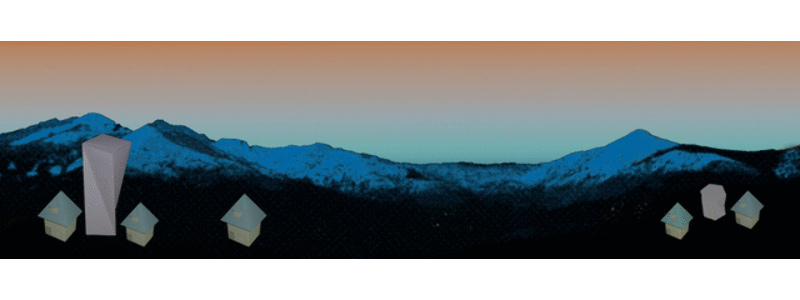Mission: Protect Alaska’s Cook Inlet watershed and the life it sustains.
According to the website:
Cook Inletkeeper works to guarantee
- Clean Water
- Healthy Fish & Wildlife
- Strong Communities
- Clean Energy
- Lasting Jobs
Cook Inletkeeper is a community-based nonprofit organization that combines advocacy, education and science toward its mission to protect Alaska’s Cook Inlet watershed and the life it sustains. Inletkeeper’s monitoring and science work builds credibility with scientists and resource managers, its education and advocacy efforts enhance stewardship and citizen participation, and together, these efforts translate into Inletkeeper’s ability to effectively ensure a vibrant and healthy Cook Inlet watershed.
Organization Type: Not-for-Profit Corporation
Website
Contact e-mail
Telephone
(907) 235-4068
